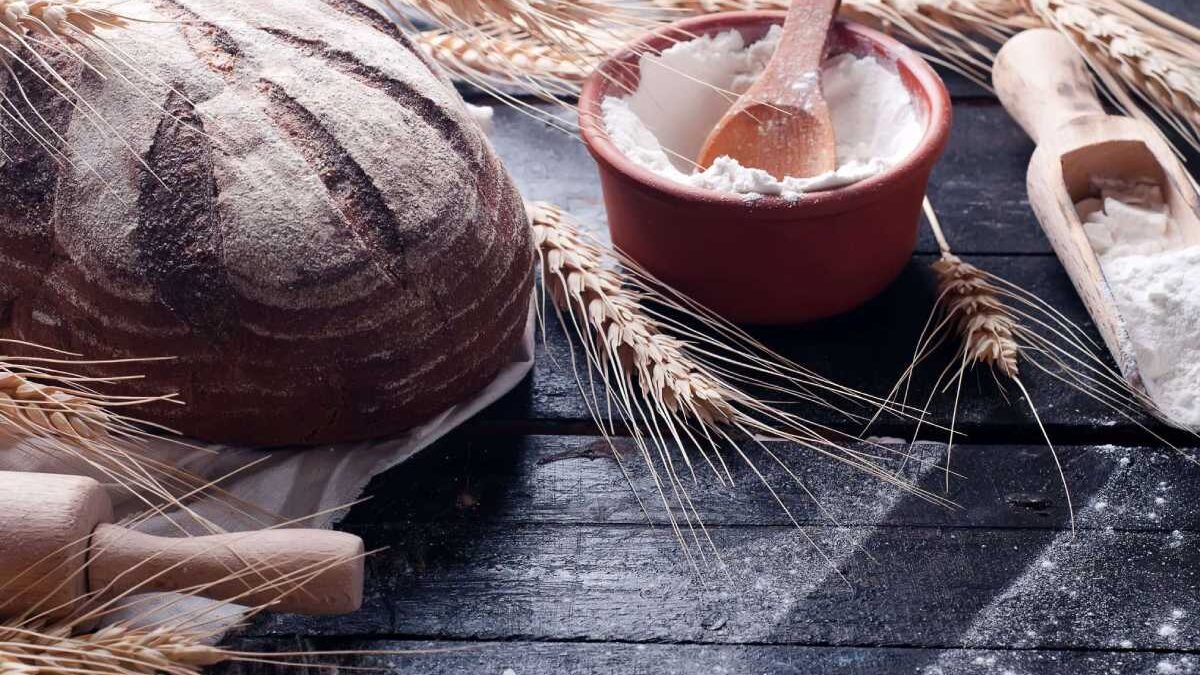
The availability of gluten-free flour in supermarkets and local specialty stores is one of the most attractive aspects of being gluten-free in modern times. You can choose from many different types of gluten-free flour, including nut flours and flour made of non-wheat grain. They are also packed with nutrients!
These different types of gluten-free flour vary in texture, taste and preparation method. This can be a bit confusing. This handy guide will help you to understand some of the more popular gluten-free flours.
Rice Flour
Rice flour comes in two varieties: brown rice, which is made from rice with the bran and germ still attached, and white, which is made from white rice. White rice flour, which is readily available, is light-coloured and has a mild flavour. Brown rice flour, which is richer in fibre, has been gaining in popularity and is quickly overtaking white rice flour. Both are suitable for baking and thickening sauces and soups.
Oat Flour
Oat flour can also be used in a variety of ways. This flour is an excellent substitute for wheat in baked goods such as breads and cookies. The flour also mixes well with other gluten-free flours for the perfect consistency. Oats naturally contain no gluten. However, it is important to read the labeling carefully to make sure that they are not contaminated with other wheat-based flours.
Almond Flour
Almond flour, made from ground almonds is a popular gluten-free flour. Almond flour is a great option for baking, especially since ground nuts are a staple in many baked goods. It can be difficult to replace almond flour with normal wheat flour. However, there are many baking recipes that use almond flour.
Chickpea Flour
Chickpea flour can be made by grinding raw chickpeas. It adds a delicious nutty flavor to any recipe. Chickpea flour can be used in recipes that are savoury or have strong flavours like chocolate or spices to compliment the chickpea flavour. Chickpea flour has a dense texture, so it is best used in recipes that require a solid structure. This includes tortillas, flatbreads and crepes. You can also use it to make meatloaf or pasta.
Quinoa flour
Quinoa is delicious and textured when eaten on its own. It is also tasty in flour form. Quinoa powder retains a nutty taste, but it is subtle and complements any dish. The versatility of quinoa flour makes it a great ingredient. It can be used for both sweet and savoury dishes. This is a great ingredient for making cookies, cakes and breads.
Hemp Flour
Hemp flour, which is made from hemp seeds, is one of the more interesting gluten-free flours. Hemp flour has a brownish-green colour and a distinct nutty smell and taste. Use hemp flour to boost your baking by adding it to cakes, cookies, breads, and stews. The same health benefits are also associated with hemp seeds and oils.
Chia flour
Due to their gel-like texture, chia seeds can be used as an alternative for eggs in vegan recipes. Now we have chia powder that is a gluten-free substitute for wheat. Chia flour is made from finely ground chia seed. It has a mild flavor and adds a lot of nutrition. It will give your baked goods a light and fluffy texture.
Final Tips
Mixing and matching gluten-free flour is not a problem. If you find that one kind of flour is not suitable as a replacement on its own, feel free to mix it with another type of gluten-free flour. Lastly, experiment! Take advantage of the wide variety available and experiment to find out which flours are best for certain recipes. These tips should have provided you with enough information to start looking for your favorite gluten-free flour.

